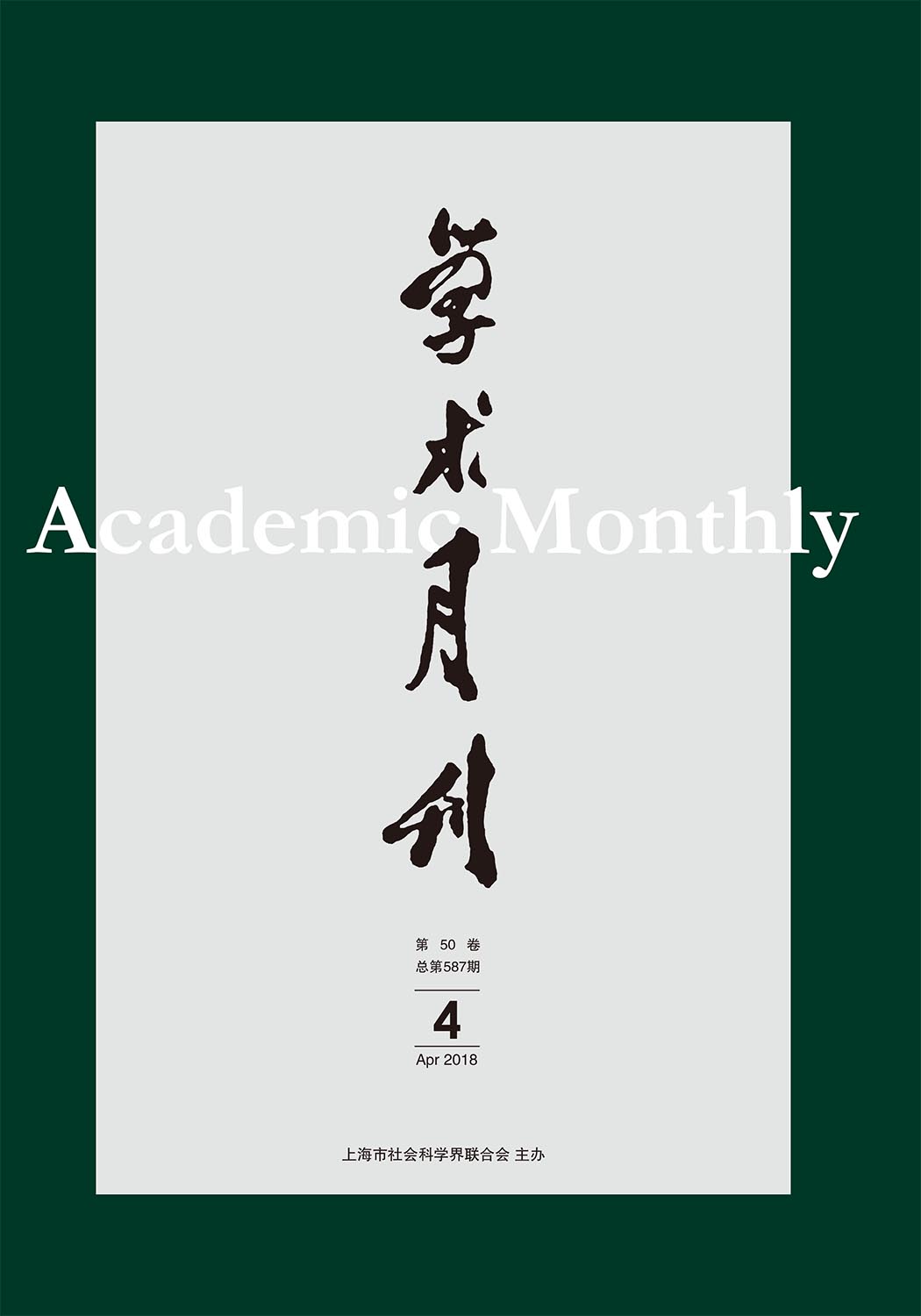Citation:
The Stigmatization of Taoism and its Destigmatizing Process in Modern China[J]. Academic Monthly, 2018, 50(04) :142-162.

The Stigmatization of Taoism and its Destigmatizing Process in Modern China
-
Abstract
Taoism had generally been discriminated against by intellectuals and considered that it was the root of many negative factors in Chinese society in late Qing and early Republican China, especially during the New Culture Movement. This idea inherited from the traditional scholar-officials and belonged the Chinese Renaissance plan which designed by new intellectuals as well. ?However, there was a trend that Taoism was seen as the seeds of native science in China since the 1930s and so that the bad reputation of Daoism was getting rid of. In fact, whether the bad image or good image of Taoism both shaped by Science. The case is helpful in creating a new understanding of religious views at Modern China and also reminds us that the image of Taoism from perspective of science history is not its true colors. What’s more, We can find two faces in science view at Modern China: one is survived from the doctrine of “Ji approaching the Dao”(技进乎道)which was inherited in the structure of traditional thought, but the concrete connotation of ji and Dao has been changed
-

-
References
-
Access
-
-
[1]
Xuan LI
. English Translation of the Concepts Related to the “Chinese Nation” and the Evolution of Its Connotations since Modern Times. Academic Monthly,
2022, 54(2): 205-215.
-
[2]
Xiaojiang ZHU
. The Stylistic Features, Functions of Fictions and Their Relationship with May 4th Literary Reform. Academic Monthly,
2021, 53(3): 160-169.
-
[3]
Bo XU
. Perfect Teaching: The Paradigmatic Transformation and Its Significance of Mou Zongsan Philosophy. Academic Monthly,
2022, 54(9): 26-34.
-
[4]
DING Weixiang
. “Promoting Virtue” and “Following Knowledge”: The Historical Influence and Significance of the Debate between Zhu Xi and Lu Xiangshan. Academic Monthly,
2023, 55(7): 14-22.
-
[5]
Xiaojun CHEN
. The Reform Policy of Farmland “Separation of Powers” Written into Law and Its Relieving Obstacles in Enforcement. Academic Monthly,
2019, 51(1): 87-95.
-
[6]
Yun CHEN
. Two Interpretation Orientations of the Debate on the Small and the Big in Zhuangzi and their Effective Ranges. Academic Monthly,
2019, 51(8): 13-26.
-
[7]
Peng ZHAO
, Yaowen XIE
. The Ethical Dimension of Science-Technology Governance and Its Legalization. Academic Monthly,
2022, 54(8): 91-104.
-
[8]
. Between Human Society and Buddhism—— Local Cooperators’ Ethic Dilemma and Its Extrication in Early Qing Dynasty. Academic Monthly,
2018, 50(03): 151-163.
-
[9]
Kan ZHANG
. “Minlan” and the Stigmatization of Fujian Merchants in Macao in Late Ming Dynasty. Academic Monthly,
2022, 54(3): 201-210.
-
[10]
Yujie FENG
. The Imitation and Transformation of Impartation Rituals of the Medieval Daoism from the Emperor’s Enthronement Rites of the Han Dynasty. Academic Monthly,
2019, 51(5): 168-184.
-
[11]
Feng Yujie
. . Academic Monthly,
2018, 50(5): 138-153.
-
[12]
. . Academic Monthly,
2017, 49(12): 162-171.
-
[13]
ZHANG Zhongmin
. . Academic Monthly,
2024, 56(1): 210-216.
-
[14]
Xue SONG
. The Construction of the Modern Chinese Concept of Weixin (Reform). Academic Monthly,
2020, 52(3): 121-131.
-
[15]
Zebo YANG
. Responding to “the Question of Qian Mu”. Academic Monthly,
2019, 51(7): 13-21.
-
[16]
Bo WANG
. Commercial Reasons in the Theory of Right to War in Early Modern Europe. Academic Monthly,
2020, 52(12): 97-111.
-
[17]
LIU Xiaojun
. On the Three Transformations of Chinese Classic Novel Comment in Modern Time. Academic Monthly,
2023, 55(12): 136-145.
-
[18]
. . Academic Monthly,
2016, 48(01): 49-66.
-
[19]
Williamson Timothy
. Philosophy and Its Future. Academic Monthly,
2021, 53(7): 14-21.
-
[20]
. . Academic Monthly,
2016, 48(12): 31-44.
-
-



 沪公网安备 31010102003103号
沪公网安备 31010102003103号 DownLoad:
DownLoad: